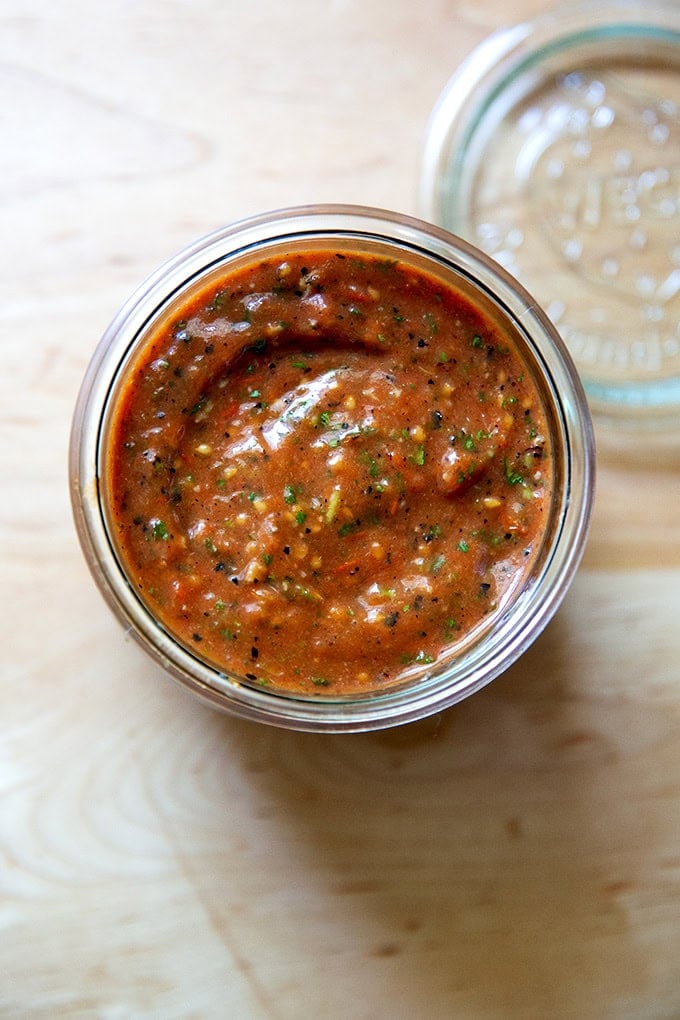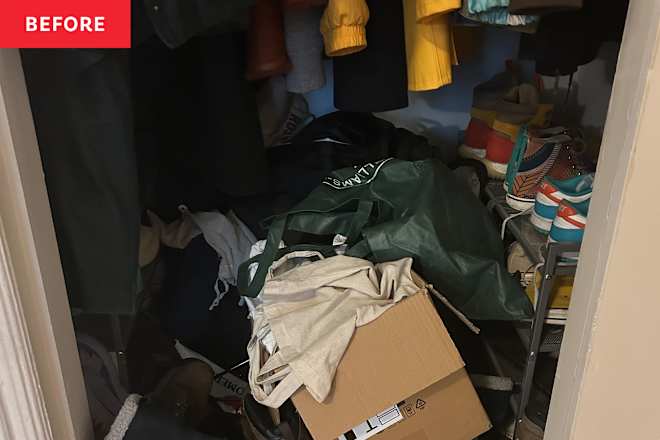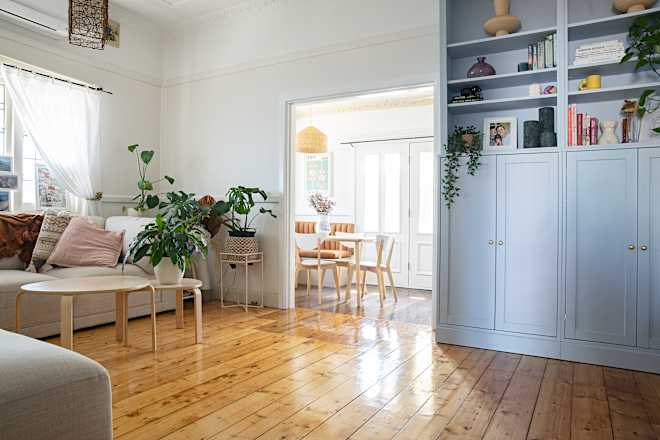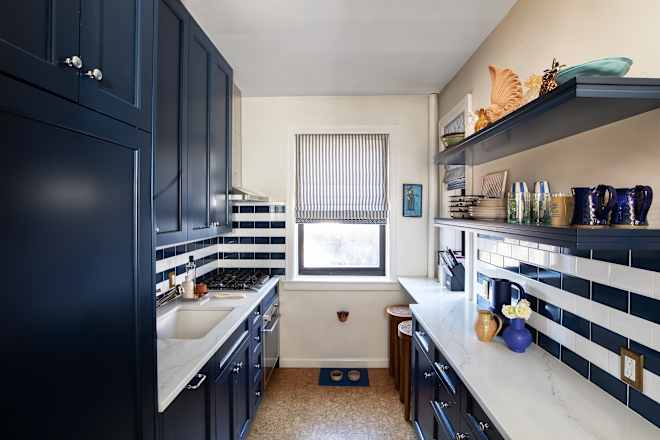Tea, Towels, and a Secret Courtyard: Inside Istanbul’s Grand Bazaar
Wandering with purpose through in the world's oldest covered market.
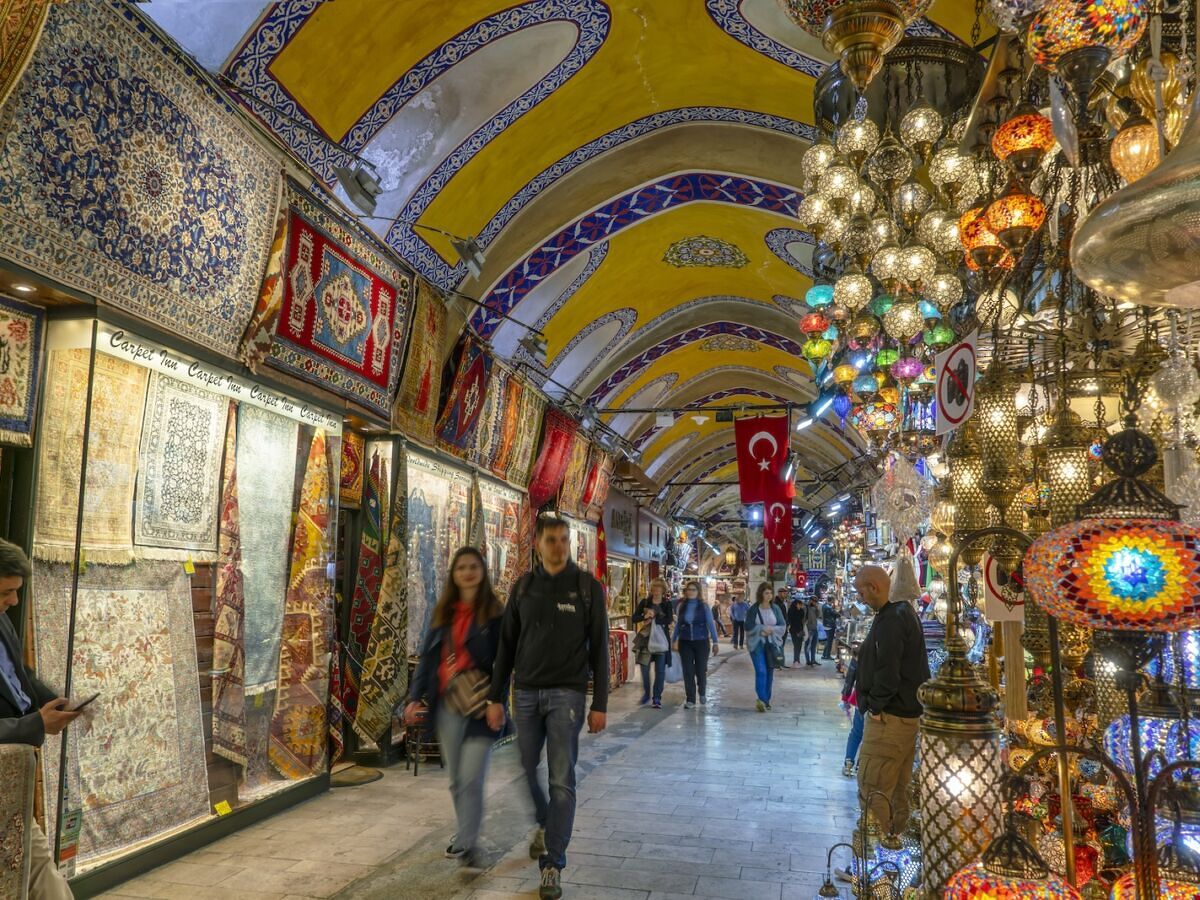
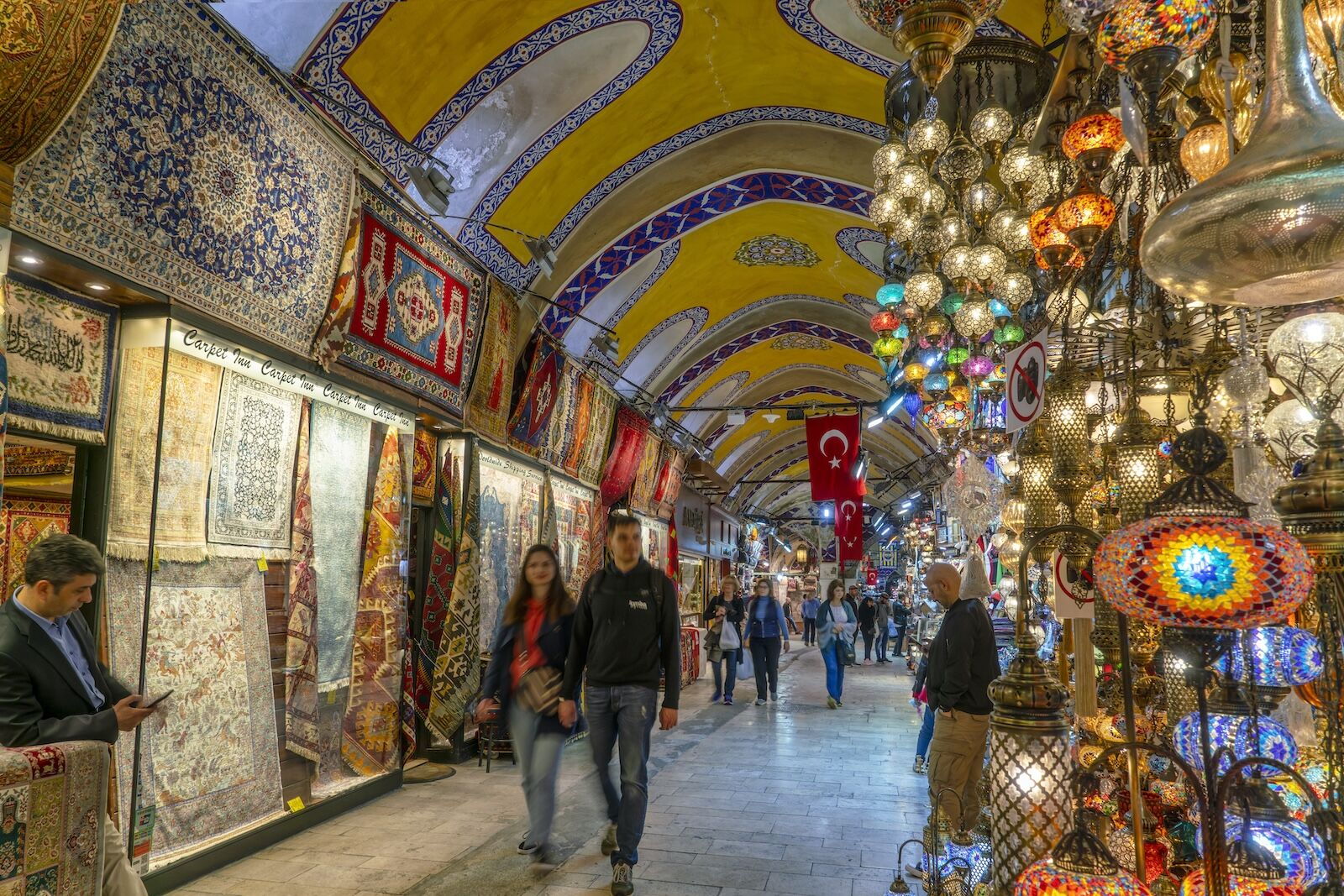
It was only five minutes into my visit to Istanbul’s fabled Grand Bazaar, but I was already turned around and fast on my way to being hopelessly lost.
I tried to recall the quick geography lesson I’d received moments earlier from my Turkish Tourism-certified guide, Eser Sedef. We had entered the bazaar through one of its primary entrances, the Beyazit Gate, which we agreed would be our meeting place if we got separated. “We’re at the southwestern edge of the bazaar,” said Sedef, “Any shopkeeper can direct you.”
I realized that after leaving the restroom I’d desperately sought as soon as we arrived, I had turned the wrong way. I was caught in a river of shopping-bag-laden visitors, merchants beckoning me with shouted greetings, glittering gold and silver jewelry, and handwoven Turkish carpets.
Like many first-time visitors, I felt a bit overwhelmed. The Grand Bazaar is a labyrinthine marvel, drawing more than 40 million visitors a year and up to half a million a day during peak season. It spans 61 covered streets and 64 alleys, with more than 4,000 shops accessed through 22 gates, spread across nearly half a million square feet.
It’s a spectacle on many levels. People watching, parades of tea runners, banter among shopkeepers, and the endless flow of visitors navigating this ancient space make for an unmatched cultural experience.
While I knew getting lost was “part of the charm,” I didn’t appreciate the immediacy of the accomplishment. Just as I began seeking assistance, Sedef grabbed my elbow from behind. She was laughing. “This way,” she said. “Finding one’s way can be difficult even for me and I’ve been coming here for decades.”
The Grand Bazaar’s 15th-century origins
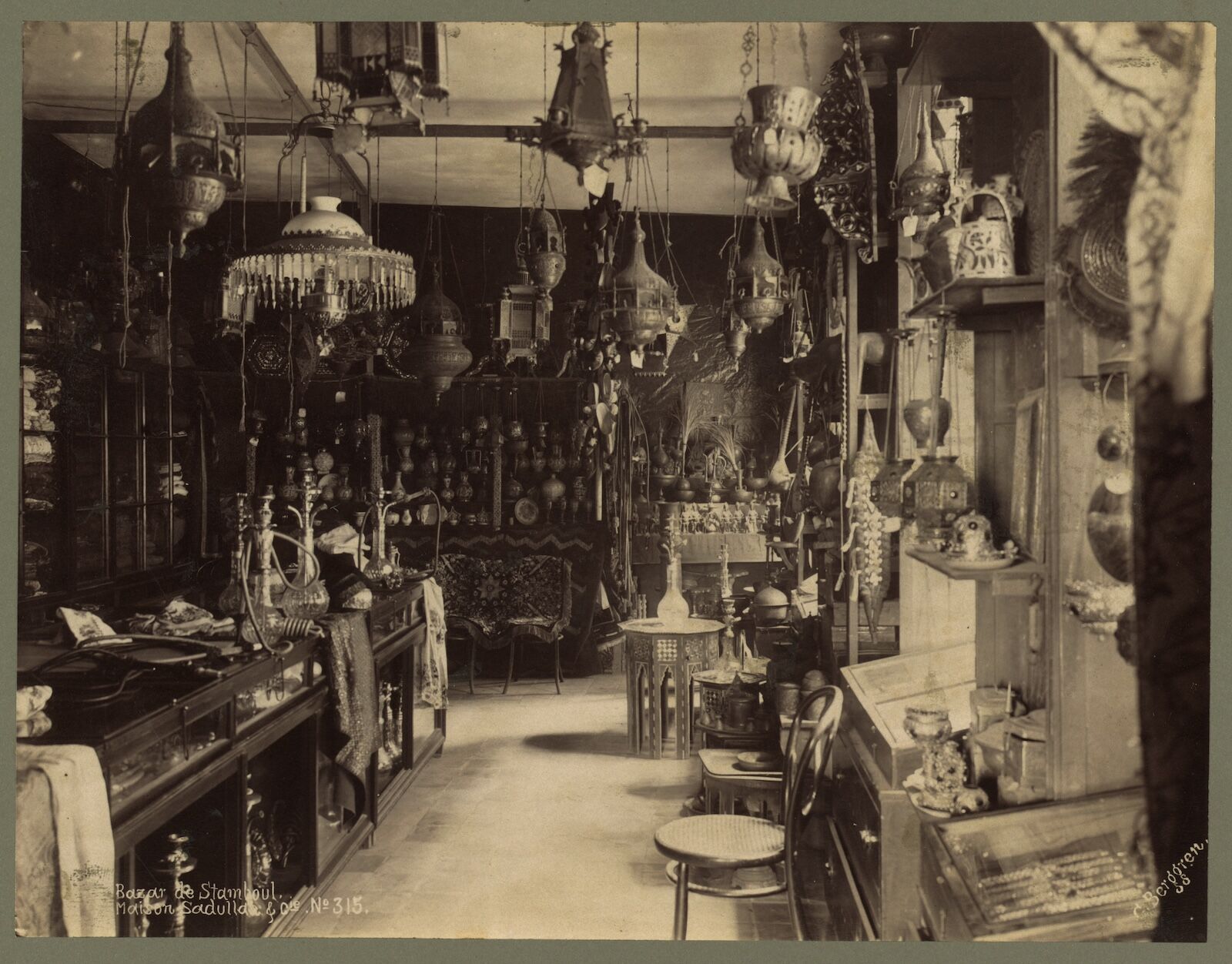
A late 19th century photo of the Grand Bazaar. Photo: Library of Congress/Public Domain
As we walked, Sedef explained that the history behind the bazaar extended back to the mid-15th century. It was after the Ottoman conquest of the “new” Roman capital of Constantinople when Sultan Mehmed II (also called Mehmed the Conqueror) ordered construction of the vast trading center. The Sultan used the development of the bazaar as an economic catalyst to help finance ambitious projects, such as the Hagia Sofia. He transformed the Hagia Sofia from an Orthodox Christian cathedral to a mosque of such grandeur that it fills visitors with awe to this day.
Visitors to the Grand Bazaar can still find architectural features from the market’s origins. Sedef took me to the Cevahir Bedesten, the oldest part of the bazaar and the core from which the bazaar expanded. We had to literally step up onto the cobbled streets, past large ironclad doors into an area crowned by 15 rooftop domes. More than 120 shops are in the Cevahir Bedesten, with antiques, silverware, copperware, jewelry, and watches featured most prominently.
Sedef and I wandered – but with purpose
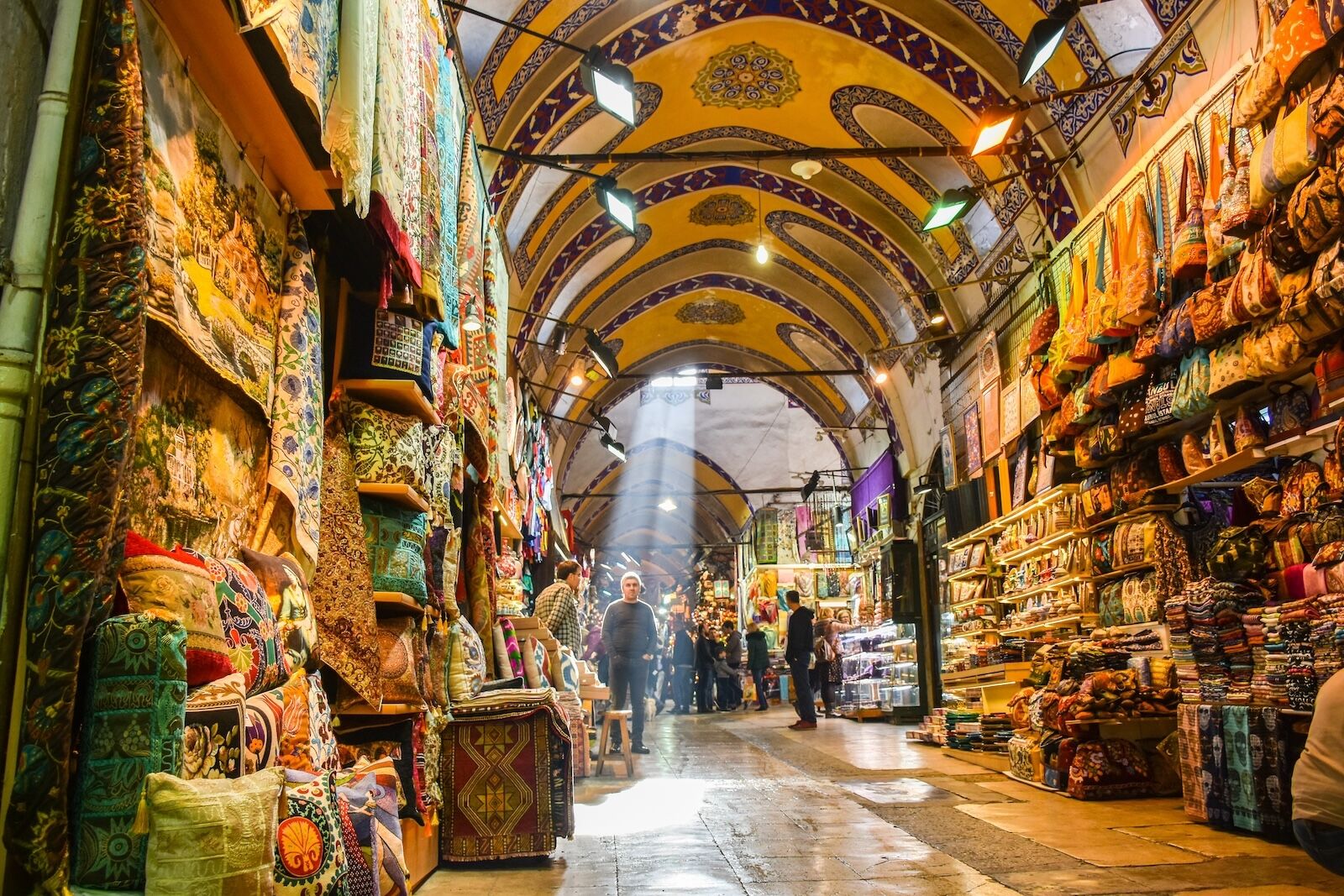
Photo: Tekkol/Shutterstock
I learned that shops are organized into “neighborhoods” by product category, making it easy to compare prices, quality, and styles. The variety of goods is astounding, and antique jewelry, ceramics, fine art, textiles, leather, apparel, kitchenware, antique and contemporary books, religious artifacts, and carpets are all easy to find.
The market has a grid layout and shops are clustered along main arteries that reference their wares. Fabric, carpets, and textiles are mostly found on Sahaflar Caddesi. Kapalıçarşı Caddesi (where I was initially lost) is known for jewelry and gold. And leather goods ranging from purses, handbags, and wallets to luggage, briefcases, gloves, and belts, are found on Perdahçılar Caddesi.
Sedef explained the clustering was an edict from long ago to encourage comparison shopping and fair treatment of customers by the merchants.
The Grand Bazaar’s often-overlooked hans
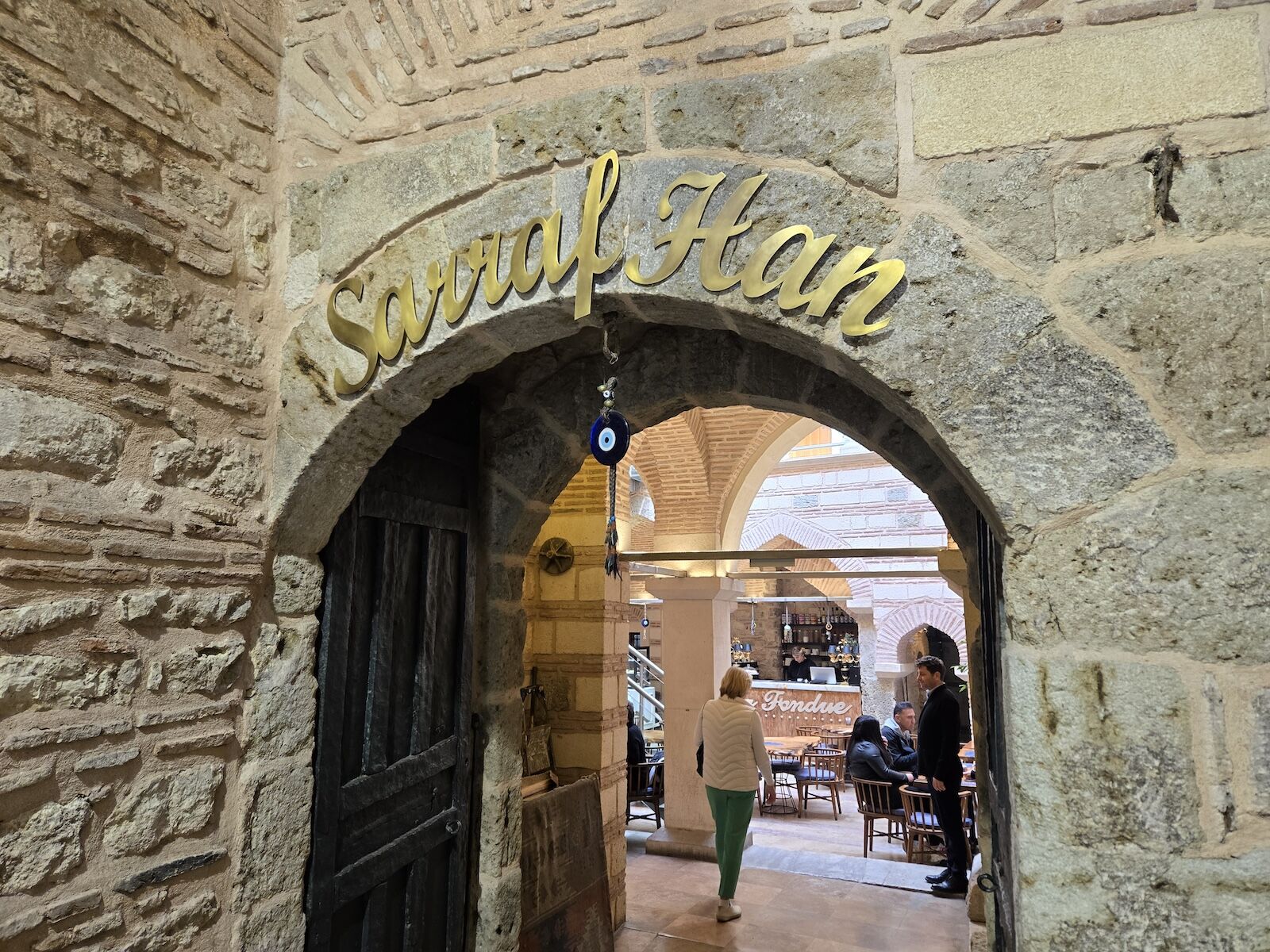
A han tucked away in the corner of the Grand Bazaar. Photo: Michael J. Solender
I asked Sedef specifically what most foreign visitors miss on their visits to the Grand Bazaar. “The hans are most often overlooked,” said Sedef, referring to the traditional Ottoman inns and courtyards once used as rest stops for traders within the bazaar. “And that is a shame, as there is so much history within them.”
Hans, she explained, were organized throughout the centuries. Typically, they hosted sleeping rooms on a second story, with a place for meals, ablutions, and shops on the ground level. Today, they house smaller shops, restaurants, coffee shops, and small gardens, mostly frequented by in-the-know locals.
Seventeen of the original 29 hans remain. While they no longer house guests, they offer visitors a quiet respite from the buzz of the market with benches, fountains, courtyards, and tiny shops with unhurried merchants delighted to chat and share stories.
We stopped at two such oases within the bazaar: Sarraf Han, peaceful and practically deserted even as thousands strolled nearby, and Zincirli Han, a regal garden courtyard with fine jewelry shops ringing the edges as songbirds darted about. I especially appreciated the handsomely tiled fountain where birds bathed, eying me cautiously.
Searching for Turkish towels
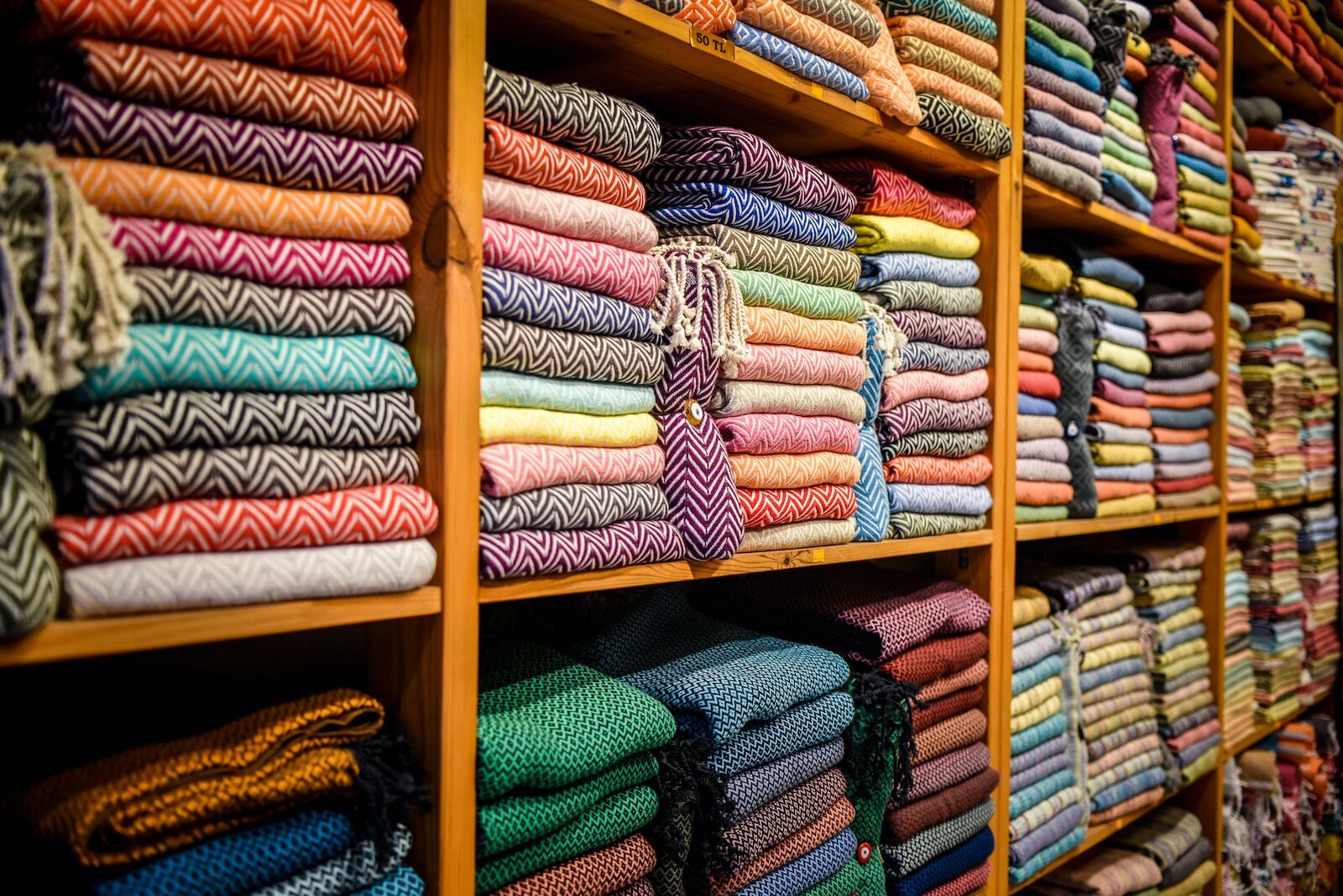
Photo: Yuliya Zhemchugova/Shutterstock
I’m at a stage in life where I’m acquiring less and giving away more; my travel keepsakes are mostly experiences, rather than things. But I did spy some Turkish towels that caught my eye, and I soon found myself inside the tiny INCI Towel Shop. It was only about 400 square feet, but packed floor-to-ceiling with vibrant towels, both handwoven and machine-made.
I was greeted by proprietors Erkan Özkan and Ekrem Altunsöz, close friends and business partners who, despite appearances, aren’t brothers. Özkan, a textile designer, explained they have industry experience and a network of trusted in-country weavers.
After I was seated on a small chair cleared of towels, Altunsöz took my tea order – a staple of the Turkish retail ritual – and asked what I was looking for. I expected a bit of theater; it’s part of the experience, unlike anything at Nordstrom.
“Bath towels,” I said. “Large, neutral-colored, high quality.”
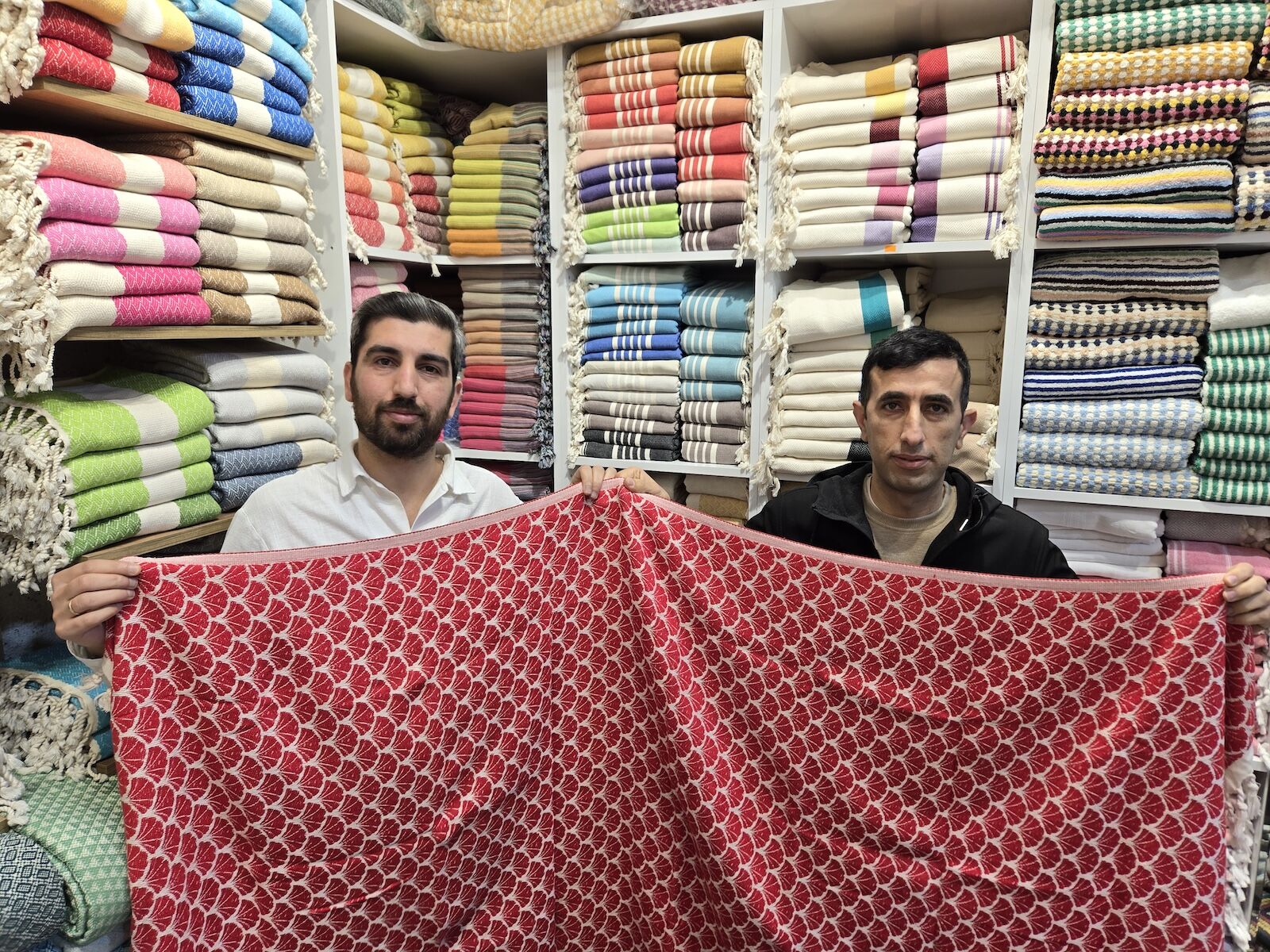
Erkan Özkan and Ekrem Altunsöz showing off their wares in the Grand Bazaar. Photo: Michael J. Solender
And with that, the show began. Like a magician pulling scarves from a hat, Altunsöz presented an endless array of textures, sizes, and colors. I was dizzy. I finally narrowed it down and made my selection.
Hand-loomed and made with minimally processed cotton, the towels are luxurious, absorbent, and beautifully simple. They get fluffier with time and use.
What makes a Turkish towel special, Özkan explained, is the ancient Ottoman loop technique: cotton strands form unconnected loops that grow plusher over time and won’t unravel like lower quality towels.
“The best Turkish towels are handmade with organic Turkish cotton,” he said, adding that the fibers come from the cotton’s protected inner core, giving them a softer feel and purer composition.
I asked the price for four. The two men huddled with calculators, asked about shipping, timing, and, especially, my profession. I smiled, deflected, and stayed focused.
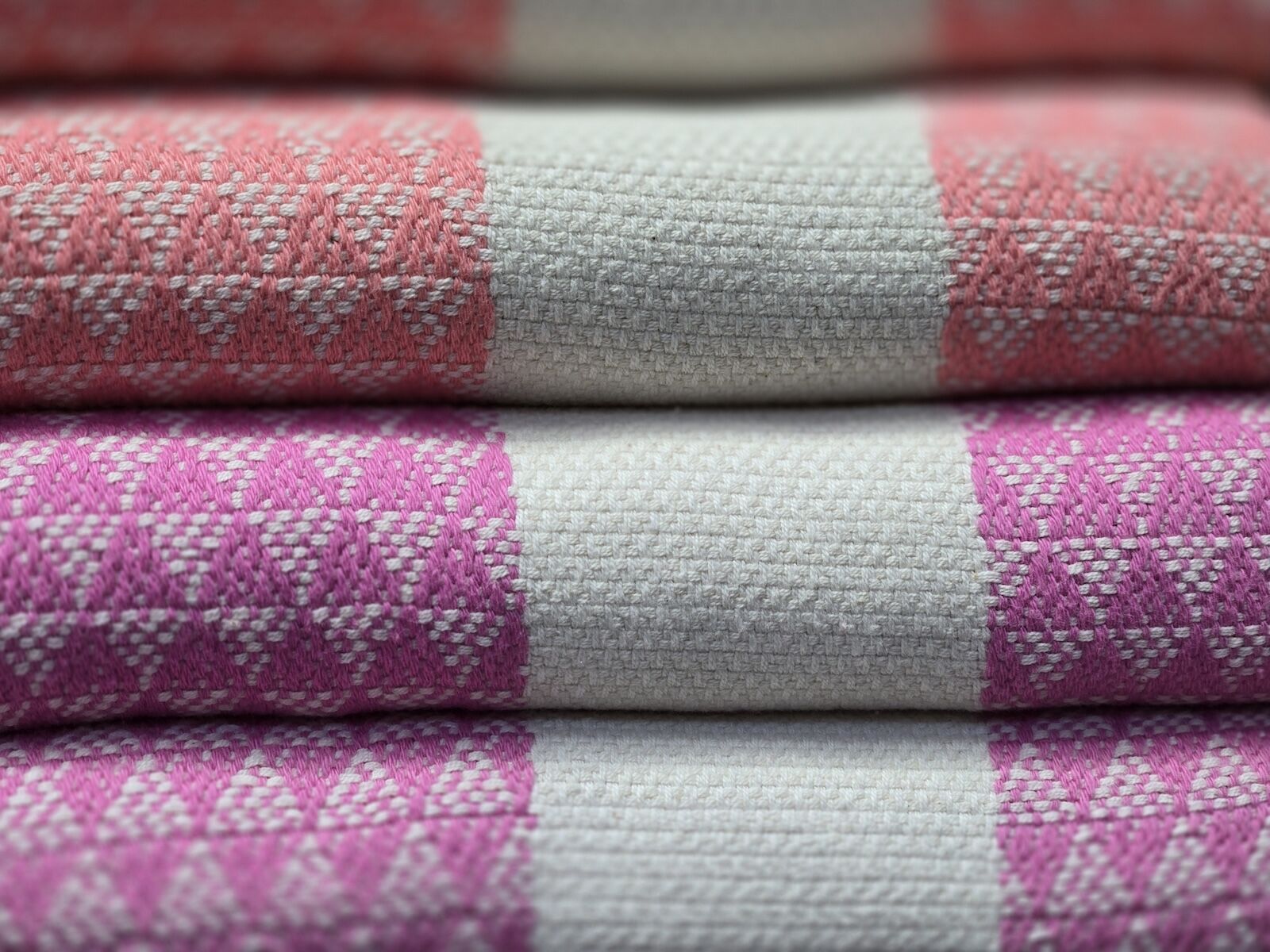
Turkish-made towels are softer and of higher quality, according to sellers. Photo: Michael J. Solender
Altunsöz tried upselling me — hand towels, a robe — but I held firm. Four bath towels.
They showed me a price on the calculator. I asked, “Is that in Turkish lira, euros, or dollars?” Everyone laughed — it was dollars — and the ice broke.
The price was lower than I expected, at about $80 per towel, so I asked for a quote on two more bath towels and four hand towels. As we edged closer to a final number, Altunsöz took my hand and again asked what I did for work. The handholding felt a bit much, but I gave in – it’s all part of the dance – and we struck a deal. I paid about $600, including shipping.
As he ran my card, the machine beeped, and Altunsöz grinned, “Mastercard tells me to tell you: you got a great deal.” We all laughed. He asked again what I did. “I’m a writer,” I finally said.
His face lit up. “Are you famous?”
“Only in my mind,” I replied.
More laughter – until he got serious. “No, no, I’ve had famous people in my shop.”
He pulled out his phone and showed me a photo with then-Vice President Joe Biden from 2016, visiting his previous towel shop near the Grand Bazaar. He shared a stories about the Secret Service jamming phones, and meeting Biden’s granddaughter.
We shared more tea and more stories, each finding a new friend in the process.
I left the Grand Bazaar not just with beautiful towels, but a great story — the best souvenir of all.
Getting to the Grand Bazaar
Istanbul’s Grand Bazaar is in the old city, near many key landmarks. It’s a 15-20 minute, or one mile, walk from the Blue Mosque, Hagia Sophia, and the Basilica Cistern. The bazaar is in the Fatih District and easy to reach by public transportation trams, exiting at either Beyazit-Kapalıçarşı or Çemberlitas station. Both are near the Gran Bazaar’s main entrances.










![[FREE EBOOKS] Modern Generative AI with ChatGPT and OpenAI Models, Offensive Security Using Python & Four More Best Selling Titles](https://www.javacodegeeks.com/wp-content/uploads/2012/12/jcg-logo.jpg)

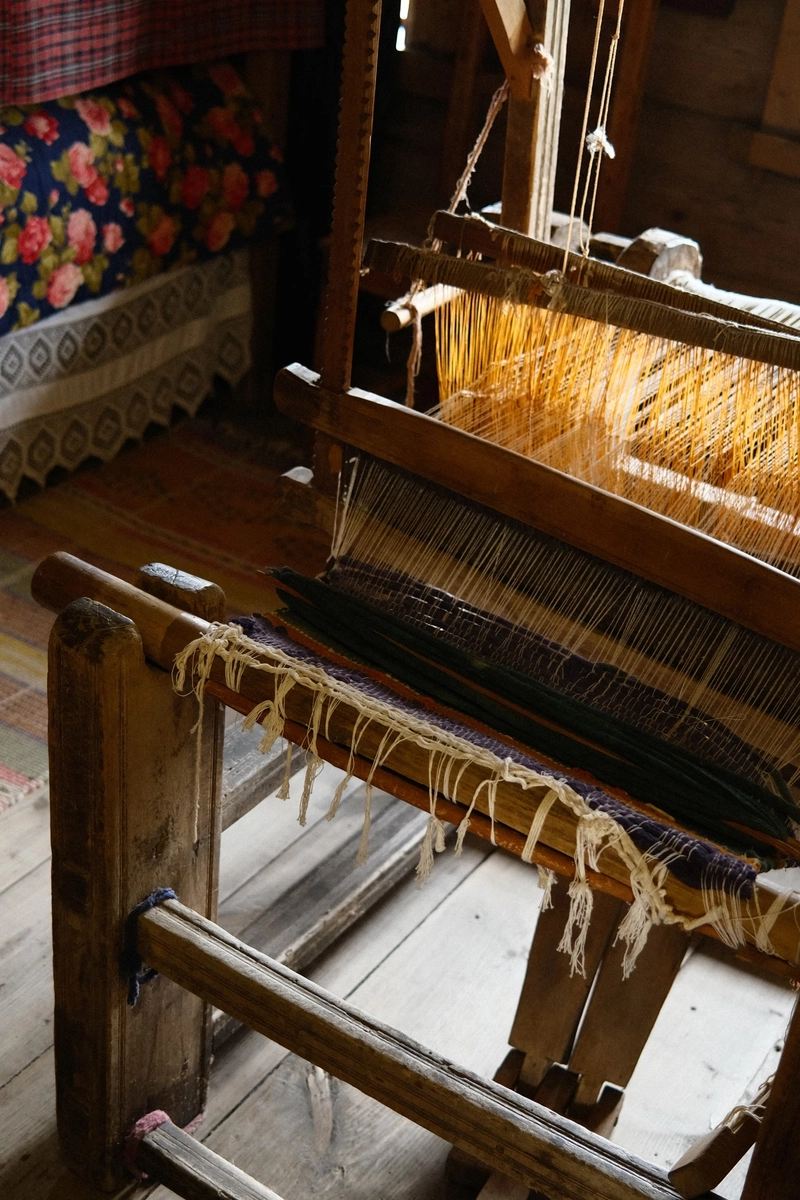






.webp?#)



























